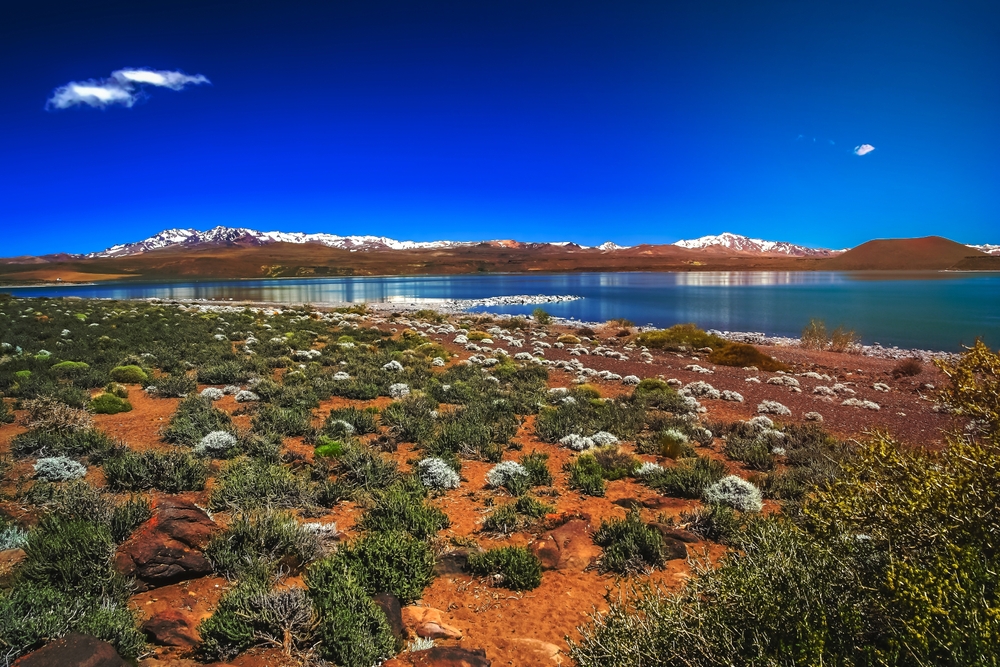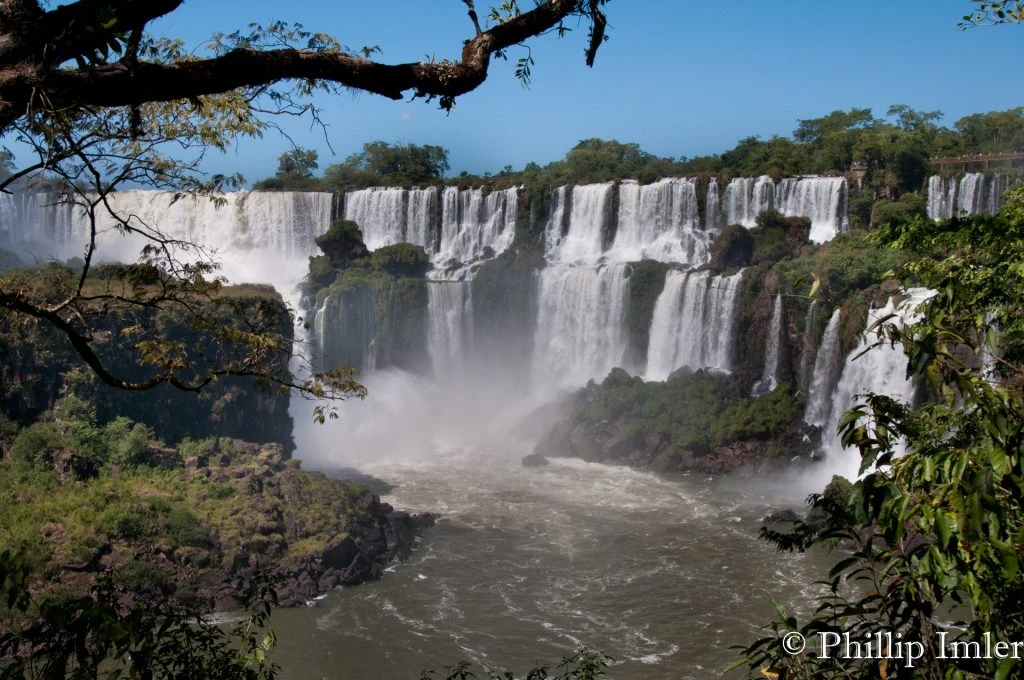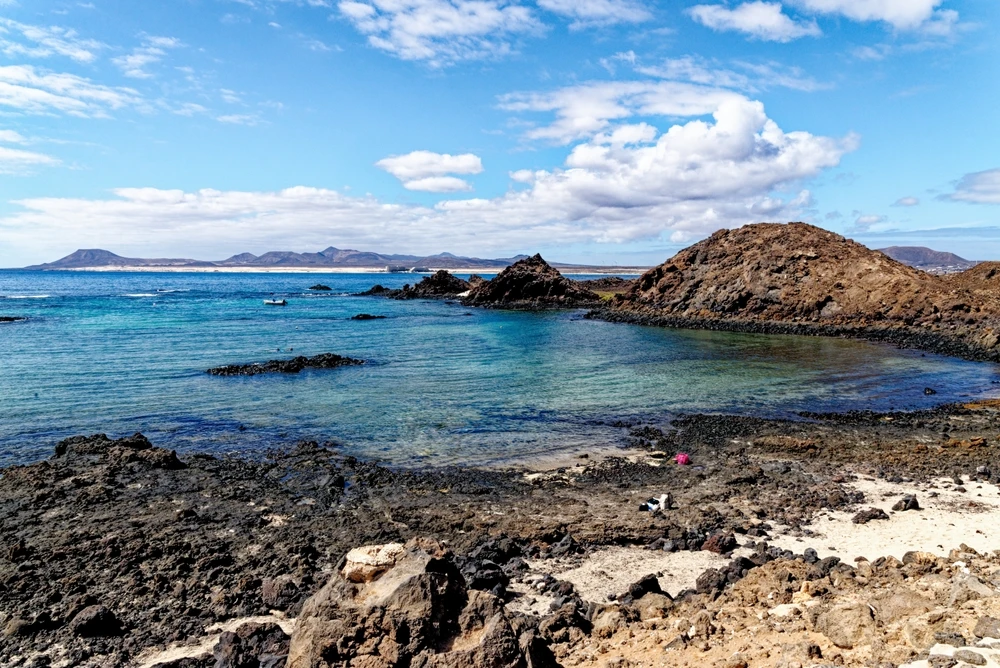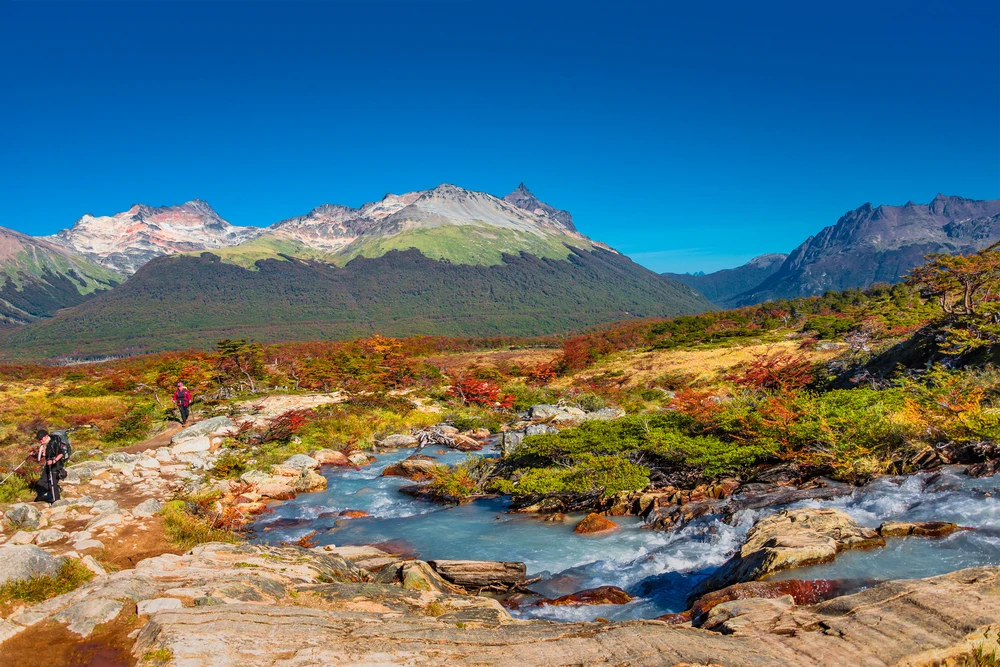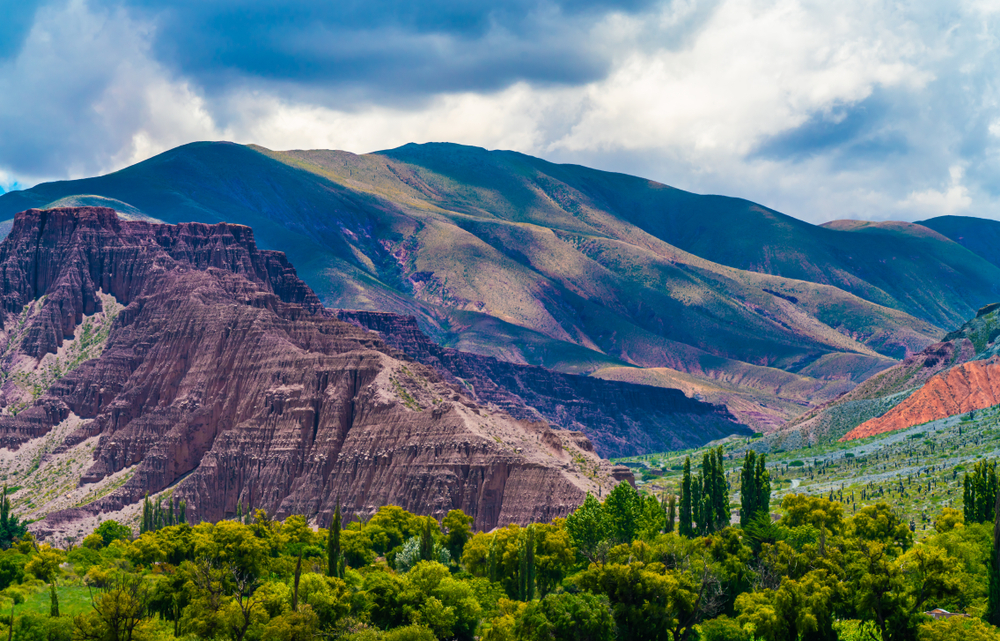Laguna Blanca Overview
Laguna Blanca National Park (Parque Nacional Laguna Blanca) is located in Argentina, specifically in the Neuquén Province in the western part of the country.
This protected area covers approximately 112.5 square kilometers (43.4 square miles) and is part of the Patagonian steppe, a semi-arid region characterized by rolling hills, volcanic formations, and unique wetlands. The park was established in 1940 to protect the Laguna Blanca, a critical wetland habitat for bird species, particularly the black-necked swan.
The landscape of Laguna Blanca National Park is a mixture of volcanic terrain, steppe vegetation, and a large endorheic lake, meaning it has no natural outflow. The lake itself is a vital feature, attracting a variety of birdlife and serving as a key water source in this otherwise dry environment.
The surrounding land consists of rocky hills, basaltic plateaus, and low grasslands, providing a striking contrast to the shimmering blue of the lake. The vegetation is largely composed of hardy shrubs, tussock grasses, and drought-resistant plants, which are well adapted to the dry conditions of the region. The park’s volcanic origins are evident in the hills and plateaus, remnants of past eruptions that shaped the terrain over millennia.
One of the defining aspects of Laguna Blanca National Park is its rich birdlife, making it a premier birdwatching destination in Argentina. The park is most famous for being a breeding ground for the black-necked swan, which thrives in the calm waters of Laguna Blanca. In addition to swans, other waterfowl such as flamingos, grebes, ducks, and coots are frequently seen on the lake. Raptors like eagles and hawks patrol the skies, while terrestrial birds such as the lesser rhea (ñandú) and various species of finches and wrens can be found among the steppe vegetation.
Beyond birds, the park is home to mammals like guanacos, Patagonian foxes, and the small but elusive puma, all of which roam the open landscapes in search of food. Amphibians and reptiles, such as frogs and lizards, can also be found near the lake and its surrounding wetlands.
Visitors to Laguna Blanca National Park can engage in a variety of outdoor activities, particularly birdwatching, photography, and hiking. Several trails lead to elevated viewpoints, offering panoramic views of the lake and surrounding steppe.
The park is also a great location for scientific research and nature studies, given its unique ecosystem and the important role it plays in protecting aquatic birds. Due to the absence of large crowds, the park provides a serene and undisturbed experience, allowing visitors to appreciate the tranquility of Patagonia’s lesser-known landscapes. Fishing and motorized boats are prohibited to protect the delicate ecosystem, but non-intrusive activities like kayaking are allowed in designated areas.
Laguna Blanca National Park faces several conservation challenges, particularly related to climate change and human activities in surrounding areas. Water levels in Laguna Blanca are sensitive to changes in precipitation, which can impact bird populations and other wildlife dependent on the lake.
Overgrazing by livestock and encroaching agriculture have also posed threats to the region’s native flora and fauna. However, conservation efforts have been successful in maintaining the park’s biodiversity, with ongoing monitoring programs ensuring the protection of black-necked swans and other key species.
Strict regulations on tourism and land use within the park have also helped preserve its natural beauty, making it a model for sustainable conservation in Argentina’s Patagonian steppe.








































































